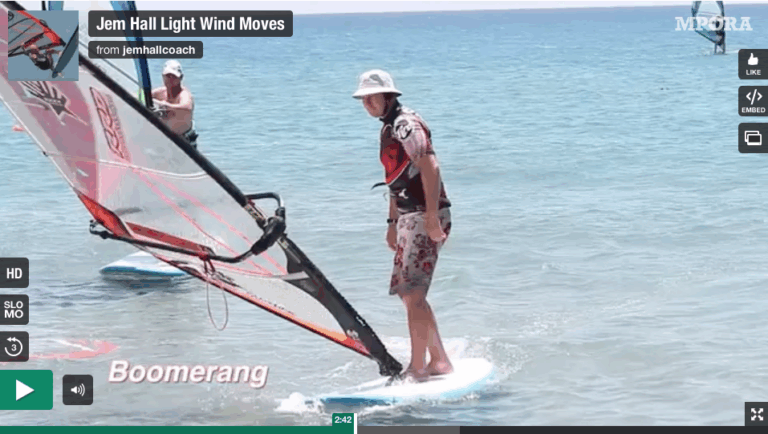Adrian Jones and his Clones test out the next board in the 2013 freewave test, the RRD Freestyle Wave.


 The RRD comes from a long and very successful heritage of freestyle wave designs. They have always been renowned for blending a decent amount of comfort and ease of use with good performance.
The RRD comes from a long and very successful heritage of freestyle wave designs. They have always been renowned for blending a decent amount of comfort and ease of use with good performance.
RRD chose to supply us with their 90 litre version, making it the smallest in test as they feel that the width was more comparable to the rest of the group. At 61cm wide it was in fact one of the wider boards, but the tail width was the second narrowest. It was also the second shortest in test.
The Freestyle Wave is designed as a single fin and comes complete with great quality detailing and accessories. The pads in particular were extremely soft and comfortable.
On the water, the narrower tail width and lower volume make the RRD feel smaller underfoot than most of the other boards in this group. However, the relatively high maximum width does make it a fairly stable and secure platform when not planing. As the wind increases, the larger single fin set-up of the RRD makes it relatively easy to get planing on from a technique perspective. It wasn’t the quickest of the group to get planing, but the smaller size of the board may have contributed to this.
As a classic single fin Freestyle Wave, it’s manoeuvrable enough on the wave and requires minimal technique to get it to turn.

Once shifting, the RRD is all about ease and comfort. It scores as the most ‘passive’ board in the group, because it is very settled and requires minimal technique to get the best from it. It isn’t as fast as the other boards in the group for raw speed, but the ease and control may mean the end result is on par, particularly in rougher conditions where the control is a noticeable asset. For a single fin, the RRD actually has quite a planted feel to the way it rides, which keeps the board locked down but at the same time, offers a slightly less engaging ride than some of the more lively boards. If you are looking for a comfortable cruiser, they don’t come much more comfortable than this.
Very comfortable ride in the chop when it’s super windy, which gives it a bit of speed because you can lock it down.
On the wave, the RRD gives an impression of being very easy and smooth to turn, which it is for the initiation and early part of the turn. For novice and less aggressive wave riders, there is plenty of performance on tap to develop the basics of front side and backside wave riding with a very ‘easy riding’ feel to the way the board turns. More skilled riders who are looking to push harder, may find that the performance isn’t as agile as some of the more cutting edge tri-fin set-ups are able to offer. Again, the RRD is all geared towards ease of use and makes the performance accessible to even the least skilled of riders.
Feels like an arm chair cruiser with lots of control. Works well at the top end, but makes it less engaging to ride at the bottom end.


TARGET BUYER
The RRD Freestyle Wave is a classically designed Freestyle Wave board. It has all the usual ‘easy riding’ traits that we now associate with RRD boards, particularly the freestyle wave models and offers a huge amount of control at the top end, and in rougher/choppier conditions. It isn’t as agile on the wave as the multi-fins, nor as lively underfoot as some of the other boards within this group, but RRD’s forte is control, comfort and ease of use and to this extent the RRD hits the nail on the head.
Check out the rest of the Freewave testing series:










